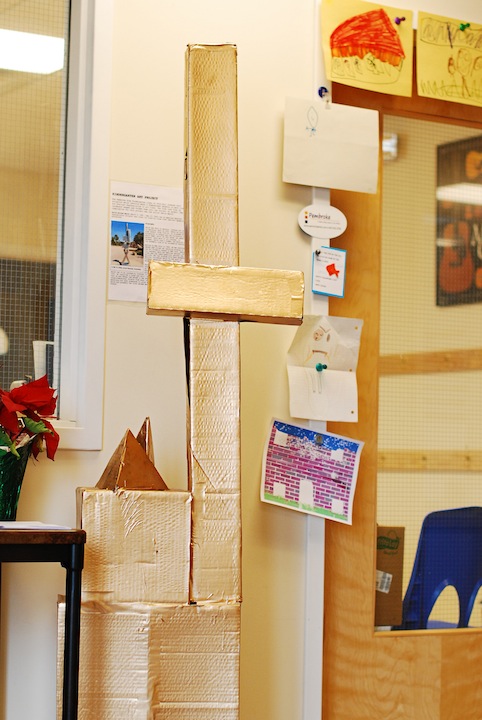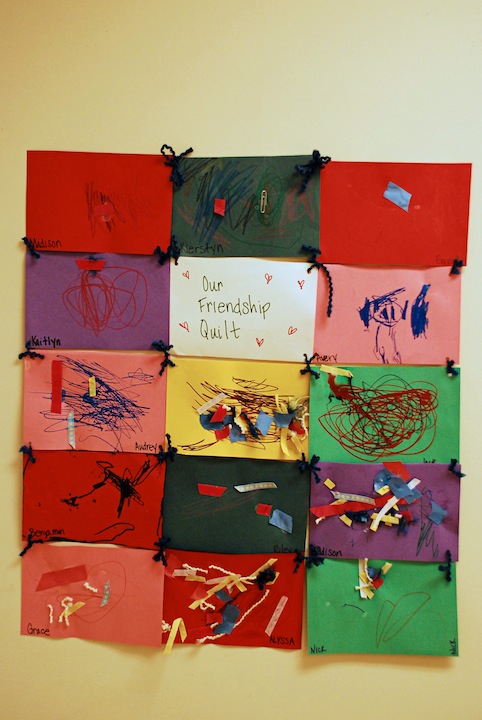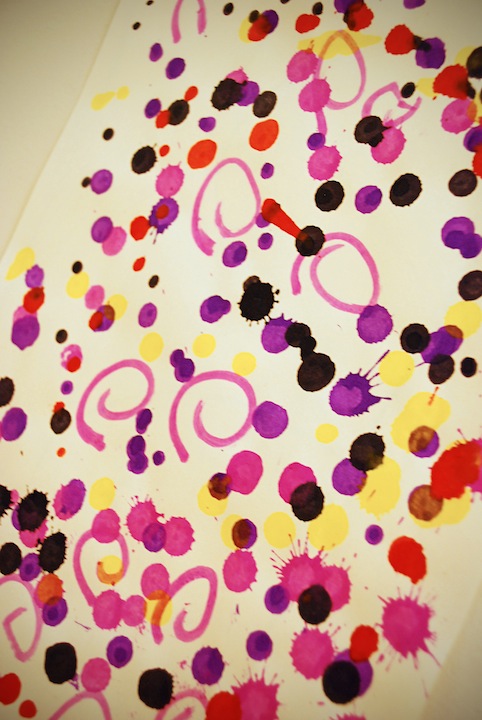Make-believe play is not only one of the great joys of childhood; it also offers abundant opportunities for children’s development. Children develop interpersonal skills, particularly cooperation and conflict resolution, and improve their language and problem-solving abilities in pretend (dramatic) play.
Around the age of 2, children begin to pretend to cry, sleep, and eat. They soon include a stuffed animal, doll, or favorite toy in their play. They also begin to transform objects into symbols-a simple block becomes a fast race car or a stick makes a fine race horse.
As children approach 3, they begin participating in make-believe play with other kids. Dramatic play gradually becomes more elaborate and complex. Four- and 5-year-olds engage in socio-dramatic play, which provides opportunities to rehearse adult roles. Such play helps children make sense of the world.
These first dramatic experiences often focus on home experiences. Kids pretend to cook, clean, and care for younger children. That’s why our dramatic play area has props and equipment .that represent the home setting. These stimulate children to act out roles familiar to them. Dramatic play fosters emotional development as children work through fears and worries in a safe context. Social skills are promoted as children communicate and negotiate their roles and actions. Another plus is that children use language more frequently and more elaborately in make-believe play than they do in virtually any other activity.
Parents can actively encourage dramatic play at home by capitalizing on their children’s interest at the moment, developing themes from stories their children have heard or movies they have seen, and providing props for pretend play. Providing a home environment that is conducive to play stimulates intellectual and social development. At the same time, parents will be developing rich memories of their children at play-memories that last a lifetime.







Leave A Comment